#free magazines
Text

Cover of Tower magazine, Number 254, 20 April 2008
23 notes
·
View notes
Text
Redefining Neighbor: A Glimpse into Everyday Kindness

In a world inundated with troubling news, it is easy to feel disheartened. However, within the pages of George Magazine, Michele Marin offers a timely reminder of the kindness that can start right in our own homes. Her article, “Redefining Neighbor: A Biblical Perspective on Kindness that Starts at Home,” presents a heartwarming look at how even small, everyday acts of compassion can make a significant difference in the world.
Real Stories of Hope
Michele Marin’s writing illuminates the simple yet profound impact small gestures can have, offering a fresh perspective on the often-overwhelming sea of negative headlines. It’s these everyday examples of kindness that often go unnoticed, yet they are the ones capable of sparking real change. While grand displays of heroism capture our attention, the small, steady acts of kindness are the unsung heroes in our daily lives.
Why Kindness Begins at Home

The article delves into the Biblically inspired notion that kindness starts at home. Marin suggests that our immediate surroundings and relationships are where we can best cultivate compassion. In family settings, among friends, and with neighbors, practicing kindness can lay the foundation for broader societal change. Through a mix of personal anecdotes and inspiring real-life stories, Marin highlights how acting kindly in our closest circles can ripple outwards, influencing our communities and beyond.
Creating a Ripple Effect
Acts of kindness, as Michele Marin elaborates, are contagious. A smile, a friendly word, or a helping hand can transform someone’s day and set off a chain reaction of goodness. These seemingly small actions are potent because they encourage others to pass on the compassion. This ripple effect is at the heart of Marin’s argument, showing how each of us holds the power to create a more cheerful and hopeful community.
Nurturing Hope in a Challenging World
For those seeking a beacon of hope amid a challenging climate, Marin’s article is a source of solace. It serves as a gentle reminder of the potential within each of us to contribute positively to our environment. Her narrative isn’t just about grand gestures; it’s about the power of everyday actions, grounded in love and empathy.
Get Your Free Copy of George Magazine

To immerse yourself in the full experience and explore these touching and uplifting stories, George Magazine is offering this issue for free. Sign up here to get your free copy. It’s an opportunity to fill your inbox with inspiring content that uplifts and encourages. Unlike other offers, this is not a subscription—simply an opportunity to receive wonderful stories in your email. Don’t miss your chance to be a part of this journey towards kindness and hope. Claim your free copy here. Once you sign up, your digital edition will be sent directly to your email, opening up a world of positivity and inspiration.
The Call to Embrace Kindness Today
Let the message of Michele Marin inspire you to look for ways to practice kindness daily. Her reflections in George Magazine remind us all that change begins at home, in small interactions that might seem insignificant but are truly powerful. Engage with family, friends, and neighbors more compassionately, and watch as you contribute to a kinder world. Explore more by getting your free copy.
⬇️ Don’t wait any longer. Request your free copy now and take your first step towards a more hopeful and compassionate perspective. The stories within will surely inspire you to take part in this transformative journey.
#subscriptions#george magazine#first copy free#free subscription#free magazines#literature#currently reading#free copy#books#economy
0 notes
Text

A bi-monthly magazine to meet awakened souls!
See more at www.atonist.org
1 note
·
View note
Text
ザツダン22号。ネットプリントに登録しました。本来は4月に配布予定だったものを1ヶ月先延ばしての発行です。
● セブンイレブン
予約番号: 62680298
有効期限: 2024/05/26 まで
A4、白黒、片面印刷です。太線を山折り、点線を谷折りにすると小さい冊子になります。ぜひ、折った状態でご覧ください。

#ザツダン#ネットプリント#ミニコミ#zine#フリーペーパー#エッセイ#コラム#netprint#mini magazine#essay#free magazines#字書きさんと繋がりたい#フリーペーパー作ってる人と繋がりたい
1 note
·
View note
Text
1 note
·
View note
Text
Literal-Literary Savings!
This is the third in a series on how to save money. Learn how the library can actually put money in your pocket!
NOTE:
This is the third in a series of blogs to help my readers save cash and live
better lives on less. The goal is to help people have a higher quality of life
without the expense.
I LOVE the library. I love books! It was my favorite place (well, not really, I loved the
basketball court in college) when I was in school. Every time I move I make sure
that I visit the local library and sign up…

View On WordPress
#Books#Children’s Programs#Community Events#Free Magazines#Free Resources#Library#Lifelong Learning#SAVINGS
0 notes
Text
when ukraine was being invaded:
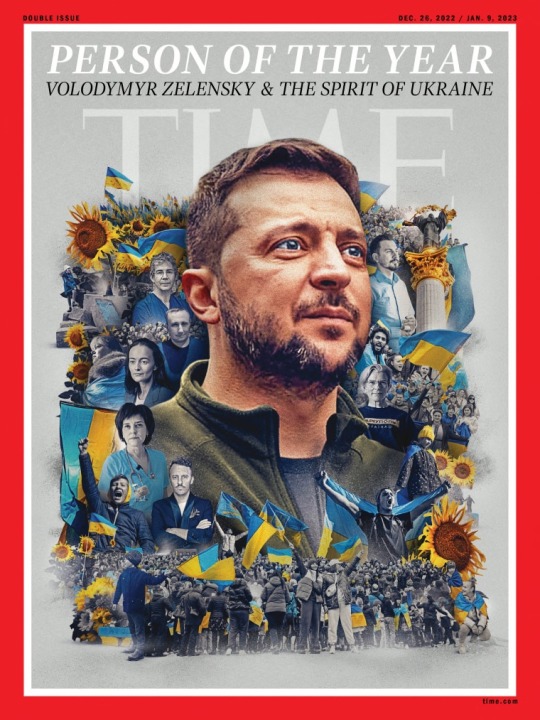
when palestine is being wiped out:

here is a very incomplete list of faces i would have rather seen on the cover:
bisan owda

plestia alaqad

yara eid
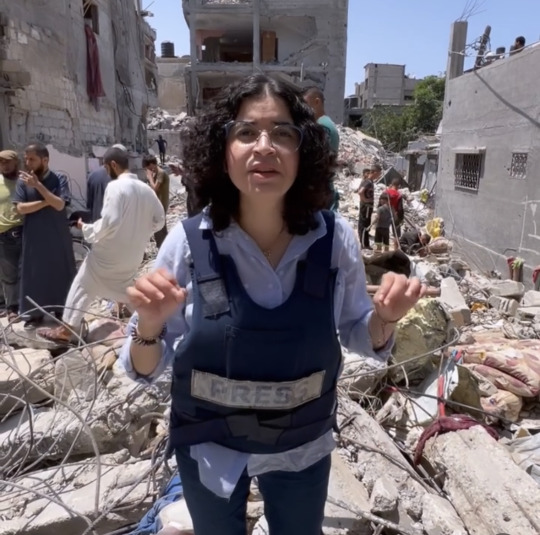
ahmed hijazi

ahed tamimi

motaz azaiza
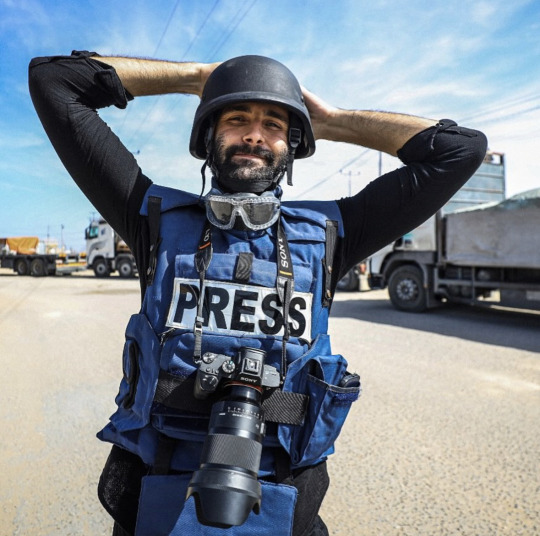
belal khaled

saleh aljafarawi

and so many more.
4K notes
·
View notes
Text
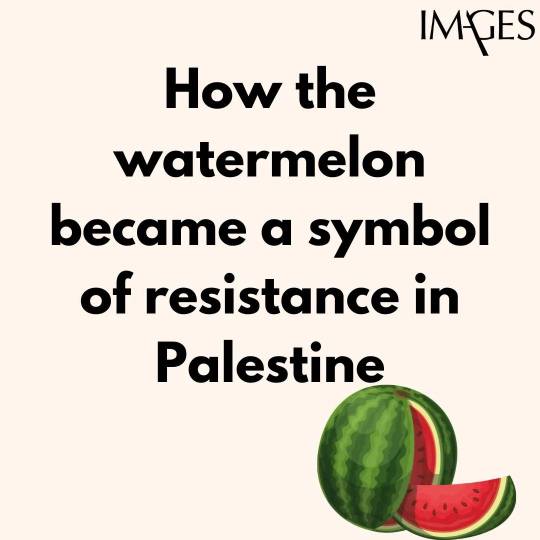


How the Watermelon Became a Symbol of Palestinian Solidarity
The use of the watermelon as a Palestinian symbol is not new. It first emerged after the Six-day War in 1967, when Israel seized control of the West Bank and Gaza, and annexed East Jerusalem. At the time, the Israeli government made public displays of the Palestinian flag a criminal offense in Gaza and the West Bank.
To circumvent the ban, Palestinians began using the watermelon because, when cut open, the fruit bears the national colors of the Palestinian flag—red, black, white, and green.
The Israeli government didn't just crack down on the flag. Artist Sliman Mansour told The National in 2021 that Israeli officials in 1980 shut down an exhibition at 79 Gallery in Ramallah featuring his work and others, including Nabil Anani and Issam Badrl. “They told us that painting the Palestinian flag was forbidden, but also the colors were forbidden. So Issam said, ‘What if I were to make a flower of red, green, black and white?’, to which the officer replied angrily, ‘It will be confiscated. Even if you paint a watermelon, it will be confiscated,’” Mansour told the outlet.
Israel lifted the ban on the Palestinian flag in 1993, as part of the Oslo Accords, which entailed mutual recognition by Israel and the Palestinian Liberation Organization and were the first formal agreements to try to resolve the decades-long Israeli-Palestinian conflict. The flag was accepted as representing the Palestinian Authority, which would administer Gaza and the West Bank.
In the wake of the accords, the New York Times nodded to the role of watermelon as a stand-in symbol during the flag ban. “In the Gaza Strip, where young men were once arrested for carrying sliced watermelons—thus displaying the red, black and green Palestinian colors—soldiers stand by, blasé, as processions march by waving the once-banned flag,” wrote Times journalist John Kifner.
In 2007, just after the Second Intifada, artist Khaled Hourani created The Story of the Watermelon for a book entitled Subjective Atlas of Palestine. In 2013, he isolated one print and named it The Colours of the Palestinian Flag, which has since been seen by people across the globe.
The use of the watermelon as a symbol resurged in 2021, following an Israeli court ruling that Palestinian families based in the Sheikh Jarrah neighborhood in East Jerusalem would be evicted from their homes to make way for settlers.
The watermelon symbol today:
In January, Israel’s National Security Minister Itamar Ben-Gvir gave police the power to confiscate Palestinian flags. This was later followed by a June vote on a bill to ban people from displaying the flag at state-funded institutions, including universities. (The bill passed preliminary approval but the government later collapsed.)
In June, Zazim, an Arab-Israeli community organization, launched a campaign to protest against the ensuing arrests and confiscation of flags. Images of watermelons were plastered on to 16 taxis operating in Tel Aviv, with the accompanying text reading, “This is not a Palestinian flag.”
“Our message to the government is clear: we will always find a way to circumvent any absurd ban and we will not stop fighting for freedom of expression and democracy,” said Zazim director Raluca Ganea.
Amal Saad, a Palestinian from Haifa who worked on the Zazim campaign, told Al-Jazeera they had a clear message: “If you want to stop us, we’ll find another way to express ourselves.”
Words courtesy of BY ARMANI SYED / TIME
#human rights#equal rights#freedom#peace#free palestine#palestine#free gaza#save gaza#gaza strip#gazaunderattack#hamas#watermelon#flag#time magazine#armani syed#amal saad#haifa#zazim campaign#palestinian flag#khaled hourani#nabil anani#genocide#apartheid
3K notes
·
View notes
Text
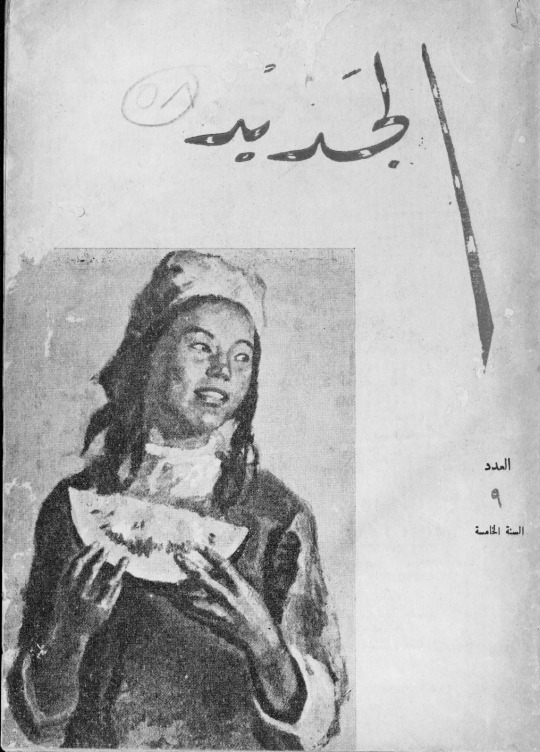




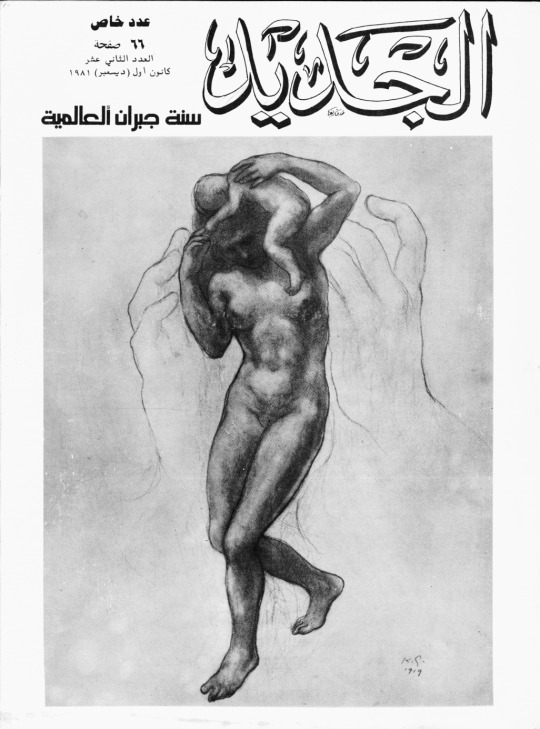
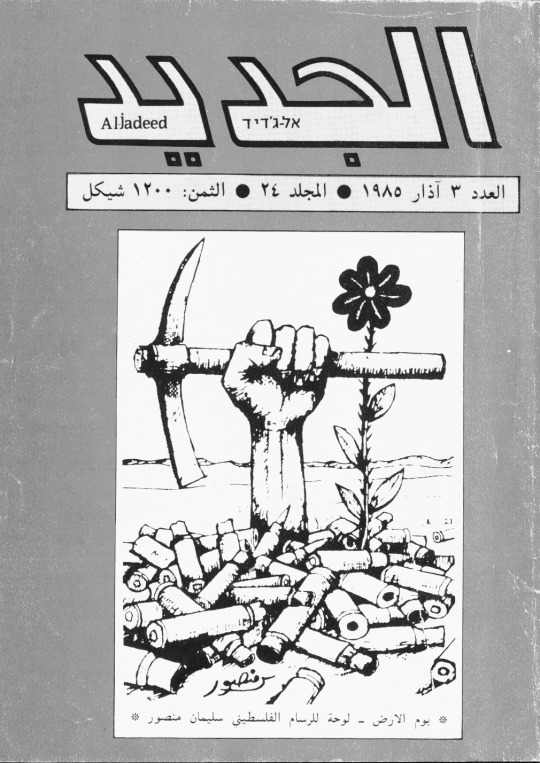



Archives from the vintage Palestinian magazine Al-Jadeed (The New), a monthly magazine for progressive national thought and culture established in (1951). 🇵🇸🕊️🍉
Source: the Palestinian Museum / the Digital Archive
#This magazine has a longer history than is-r-ael#palestine#free palestine#palestinian genocide#palestine genocide#palestinian culture#vladimir mayakovsky#Gaza#free gaza#israel palestine conflict#from the river to the sea palestine will be free#History#Art#Earth day#israel is a terrorist state#West bank#jerusalem
3K notes
·
View notes
Text


WANTED: GRAND LINE'S HOTTEST ROGUES AND RUNWAYS
INPRNT ✦ tip jar
i had this thought of a fashion/news editorial that rivaled the anticipation of the wanted posters that came with the news coos named WANTED. sort of a tongue-in-cheek thing to navy-controlled news. this volume with sanji is inspired by al parker's art!
[ID: Sanji from waist-up in a dark red suit, black shirt, and pink tie - he's holding a black and gold lighter in his right hand, a lit cigarette perched loosely between his lips. His face is in profile, showing a dangling pearl earring in his left ear. His right arm leans against the bottom right corner, as if propping himself up. The flat red of his suit blends with the background - in contrast, his rendered face and hands pop from the composition. END ID.]
white varation + blank version under the cut:


#sanji#one piece#ONEPIECE#opfanart#blackleg sanji#//#usersaint#userart#RAHHHHH IT FELT SO GOOD TO MAKE THIS#FIRST PROPER PIECE AFTER GRUELING CLIENT WORK...#unfortunately i can't offer prints w the magazine type#bc i used some fonts that are. erm. not licensed for dat#but maybe i'll make an alt version w free fonts!#we'll see...#definitely want to do more of these ugh
3K notes
·
View notes
Text
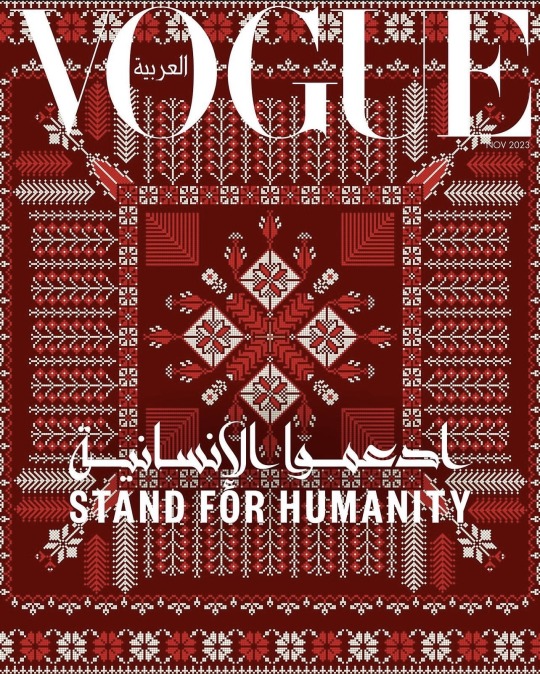
Vogue Arabia November 2023 Issue.
Dedicated to the brave doctors, nurses, and reporters in Gaza, the issue pays homage to their heroic commitment as they implement vital work amid inhuman conditions. The cover also features traditional hand-embroidery from different regions of Palestine, in an ode to its culture and a further appeal for humanity.
#vogue#vogue magazine#vogue arabia#palestine#free palestine#gaza#free gaza#red#magazine cover#embroidery#فلسطين 🇵🇸#🇵🇸#2023
2K notes
·
View notes
Text
Why Privatizing Social Security is a Risky Proposition

Social Security has long been a crucial part of retirement planning for millions of Americans. The assurance of a steady income during retirement provides peace of mind, allowing seniors to live with dignity. Yet, discussions and debates about its future have introduced a controversial idea: privatization. While the idea might seem attractive at first glance, understanding its implications is vital.
What is Privatization?
Privatization of Social Security suggests moving from a system where contributions are pooled and then distributed based on a defined formula, to one where individuals manage personal investment accounts. This concept, while appealing to some due to the potential for higher individual returns, comes with significant risks.
The Hidden Dangers
Market Volatility: Unlike the current stable system, privatized accounts would be subject to market fluctuations. At times of economic downturn, retirees relying on these accounts could face severe financial hardship.
Investment Expertise: Not everyone possesses the skills needed to effectively manage investments. This could lead to failures in planning, leaving many without enough savings for retirement.
Increased Inequality: Privatization could widen wealth gaps, as those with more resources and financial knowledge stand to benefit more than those without.
Higher Administrative Costs: Managing private accounts would incur greater administrative expenses, reducing the overall funds available for distribution.
A Call to Preserve Security
The shift to privatized accounts could undermine the core promise of Social Security: providing reliable and predictable support. This potential change puts the financial assurance of millions at risk, making it crucial to weigh the possible outcomes carefully.
Get Your Free Copy of George Magazine

Want to dive deeper into this topic? Discover more about the debate surrounding Social Security reform and explore the potential impacts of privatization in greater detail by reading the full article in George Magazine.
Claim your free copy here!
Explore more insights into economic stability and retirement security by signing up at George Magazine.
For a comprehensive look, check out the Collector’s Edition here for exclusive stories.
Now is the perfect time to gain a deeper understanding of these issues with our free magazine offering. This isn’t about subscribing; it’s your chance to read thorough analyses and opinions by renowned experts. Simply get your free copy and start exploring today.
#subscriptions#first copy free#free subscription#george magazine#free magazines#economy#literature#books#currently reading#free copy#Social Security
0 notes
Text

#bakutodo#todobaku#todoroki shouto#bakugou katsuki#my hero academia#mha#bnha#i draw#in my head i was like dam they look like band members on a magazine cover#feel free to project that
8K notes
·
View notes
Text

Comic - Mad Magazine 2024 FCBD Special Edition (2024)
Art by Kerry Callen
#Comics#DC Comics#Mad Magazine#Superman#Kerry Callen#Art#DC#FCBD#Humor#Humor Comics#Mad#Shirtless#Mad Magazine 2024 FCBD Special Edition#2024#2020s#20s#Free Comic Book Day
1K notes
·
View notes
Text
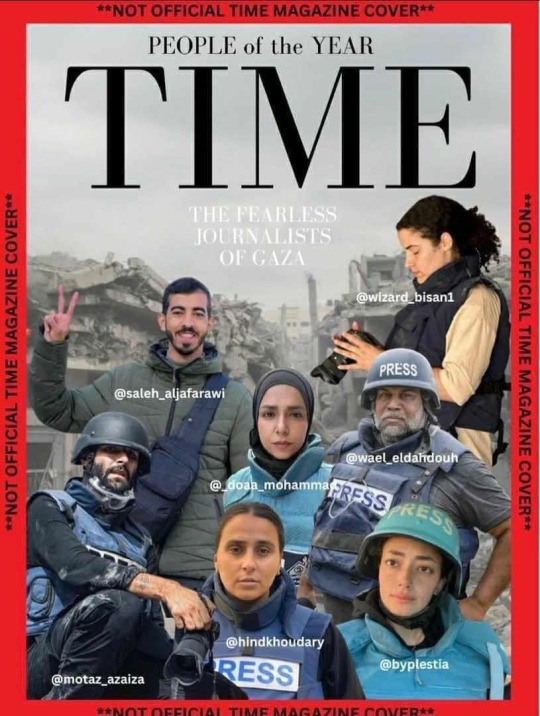
Who it should've been
#free palestine#palestine#gaza#gaza under attack#from the river to the sea palestine will be free#i stand with palestine#palestine under attack#end israeli apartheid#israel apartheid#israel is a terrorist state#israeli apartheid#israel#journalism#time magazine#person of the year
1K notes
·
View notes
Text
Despite numerous protests from the Palestinian side, the Paris Agreements signed in 1994 continue to constitute the framework for the main economic agreements between Israel and the Palestinian Authority, including the Gaza Strip. Israel controls the customs regime, thus there is no import duty on goods imported from Israel to the occupied territories, while there is on goods imported from abroad.
International aid organizations are required to provide humanitarian aid in the most efficient way possible. They must purchase the cheapest food available to aid the greatest number of people within their budget. Though food is cheaper in Jordan and Egypt, food imports from Jordan and Egypt to the occupied Palestinian territory are taxed. The taxes, in principle, go to the PA coffers, but this cannot be a consideration for the aid organizations. Instead, they are required to purchase most of the goods they distribute from Israeli companies, unless importation from another country, including import taxes, will still be cheaper than the price in Israel.
Additionally, Israeli security regulations require aid organizations to use Israeli transportation companies and vehicles, since Palestinian companies are not allowed to enter Israel to pick up goods from airports or sea-ports. Even more significant is the fact that the Palestinians do not have their own currency or central bank: financial assistance must be given in New Israeli Shekels. The foreign currency remains in the Bank of Israel, and Israeli commercial banks collect numerous service charges along the way.
What this means, in fact, is that Israel exports the occupation: as long as the international community is willing to contribute financially to prevent a humanitarian crisis in Gaza, Israeli companies continue to supply them with goods and services and receive payment in foreign currency. [x]
- shir hever for +972 magazine on march 2, 2018
2K notes
·
View notes